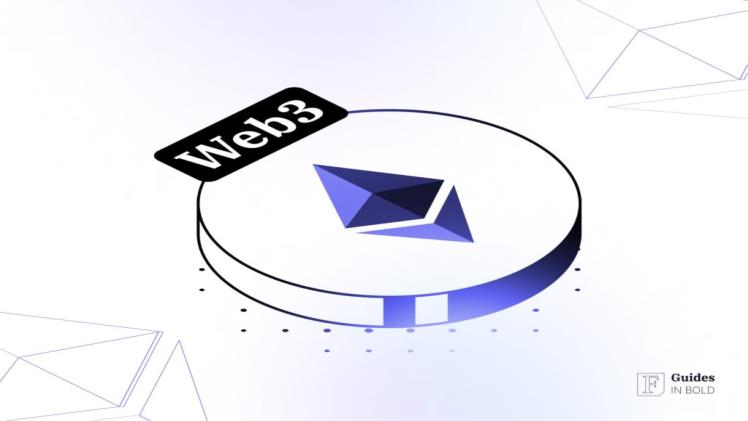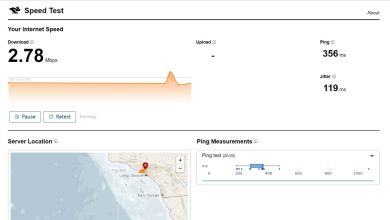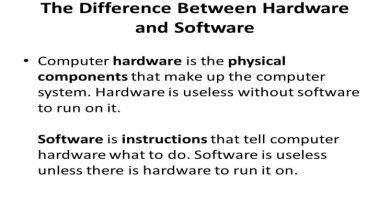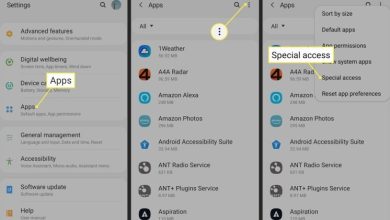Ethereum’s Role in Web3: Building a Decentralized Internet

In the ever-evolving landscape of blockchain technology, Ethereum stands out as a transformative force, reshaping the internet into what is known as Web3. This article delves into Ethereum’s pivotal role in ushering in a decentralized internet era, where ownership, control, and empowerment are key.
The Promise of Web3
Decentralization, Ownership, and Control
Web3 envisions a paradigm shift from the centralized internet to a decentralized model where users have greater ownership and control over their digital lives. Ethereum’s blockchain technology plays a fundamental role in realizing this vision. Unlike traditional internet models where centralized entities have considerable control over user data and interactions, Web3 promotes the concept of self-sovereignty. Users are empowered with control over their data, digital identities, and digital assets. Ethereum, with its decentralized and trustless nature, provides the ideal foundation for building Web3 applications that adhere to these principles.
Empowering Users through Blockchain Technology
Blockchain technology, the backbone of Ethereum, empowers users by providing transparency, security, and self-sovereign control over their data and digital assets. This shift challenges the traditional internet’s reliance on centralized intermediaries, which often results in data breaches, privacy infringements, and censorship. With Ethereum and Web3, users have the assurance that their data remains under their control, transactions are tamper-proof, and digital identities are protected. This empowerment fosters a sense of ownership and trust in the digital realm, which is central to Web3’s ethos.
Ethereum’s Influence on Web3
Smart Contracts Enabling Decentralized Applications (DApps)
At the heart of Ethereum’s influence on Web3 are smart contracts—self-executing, code-driven contracts with predefined rules. These contracts enable the creation of decentralized applications (DApps) that operate autonomously, transparently, and without the need for traditional intermediaries. Ethereum’s blockchain acts as the backbone upon which these DApps are built, fundamentally altering how digital services are delivered and accessed.
Integration of Tokens, Identity, and Payments
Ethereum’s blockchain serves as a versatile canvas for innovation, facilitating the creation and management of tokens—digital representations of assets or utility. This tokenization is a cornerstone of Web3, fostering user participation and engagement within the decentralized ecosystem. Ethereum also plays a pivotal role in identity management, ensuring that users have full control over their digital identities. Moreover, it enables frictionless cross-border payments, redefining the global financial landscape.
Decentralized Applications (DApps) on Ethereum
Defining DApps
Decentralized applications, or DApps, are software applications that operate on decentralized networks, ensuring transparency, security, and trust. Ethereum’s infrastructure provides an ideal platform for DApp development, thanks to its robust smart contract capabilities and extensive developer community.
Characteristics and Principles of DApp Development
DApps adhere to core principles that set them apart from their centralized counterparts. These principles include open-source code, data transparency, and community governance. Ethereum’s ecosystem fosters these principles, serving as an incubator for innovation in DApp development.
Market Analysis and Performance of Ethereum
Ethereum’s market performance is not only a reflection of its technological prowess but also a significant influencer in the broader adoption of Web3 principles. The eth price today movements often act as a barometer of investor sentiment and confidence in Ethereum’s vision.
Scalability and User Experience
Addressing the Scalability Bottlenecks of Ethereum
While Ethereum has achieved remarkable milestones, it has also faced challenges, particularly in terms of scalability. Network congestion and high gas fees have been pain points for users and developers alike. However, Ethereum 2.0, a major upgrade, aims to address these issues by transitioning from a Proof of Work (PoW) to a Proof of Stake (PoS) consensus mechanism, promising enhanced scalability and efficiency.
Regulatory and Adoption Challenges
Mainstream Adoption and Awareness of Web3
The path to mainstream adoption of Web3 is not without its regulatory hurdles and the need for increased awareness among the general population. Policymakers and stakeholders must work collaboratively to create a conducive environment for the growth of Web3 while addressing concerns related to security, privacy, and compliance.
Conclusion
Ethereum’s role in the Web3 narrative transcends its status as a blockchain platform; it embodies a catalyst for change, a beacon guiding us toward a decentralized internet where users reclaim their sovereignty. As Ethereum continues to evolve, addressing scalability bottlenecks and navigating regulatory challenges, it remains steadfast at the forefront of building a more equitable and user-centric digital world in the era of Web3. The decentralized internet is no longer a distant dream; it is rapidly becoming our new reality, and Ethereum is leading the charge.




